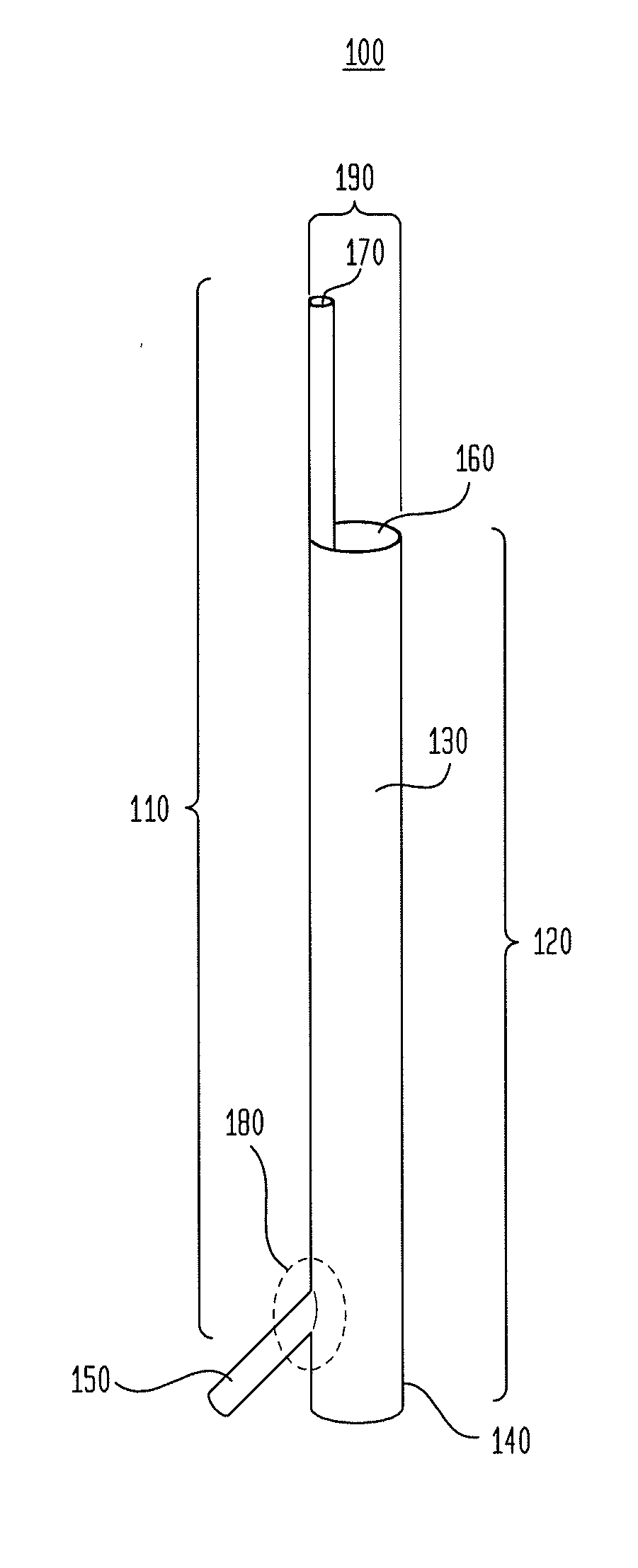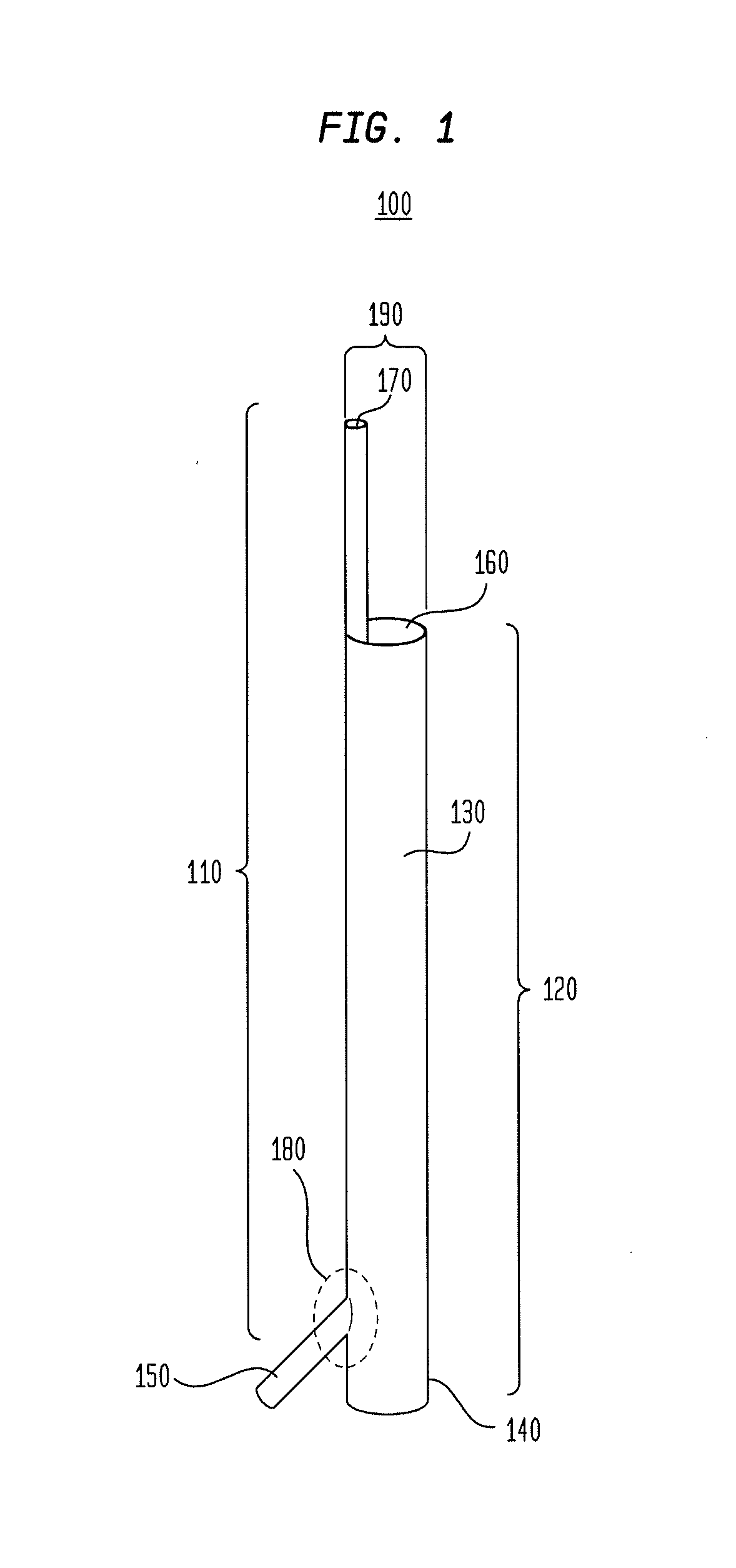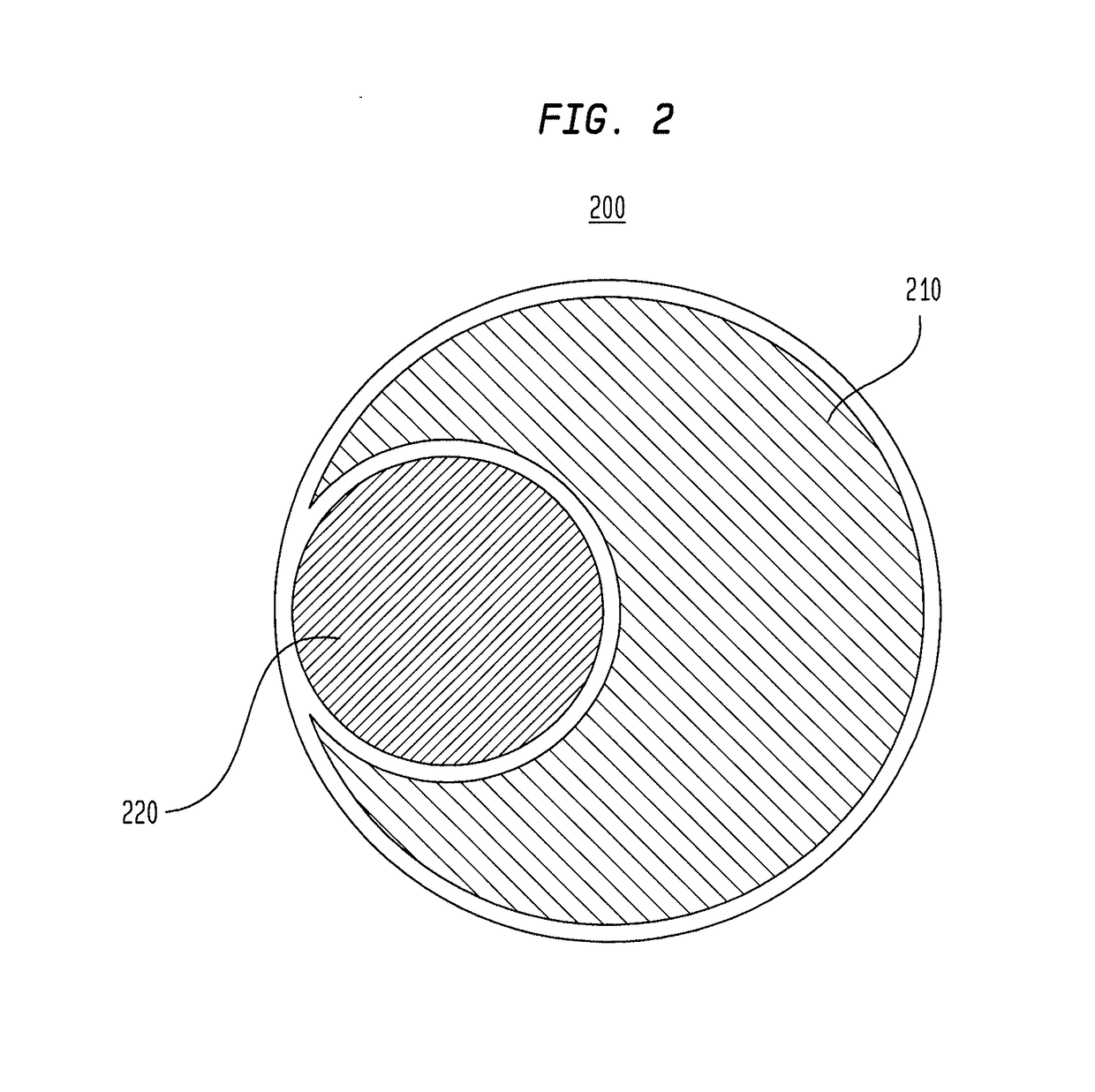Vessel access catheter
- Summary
- Abstract
- Description
- Claims
- Application Information
AI Technical Summary
Benefits of technology
Problems solved by technology
Method used
Image
Examples
Embodiment Construction
Glossary
[0135]The term “ablation” as used herein, refers to a procedure that uses radiofrequency energy (e.g., microwave heat) to destroy a small area of heart tissue that is causing rapid and irregular heartbeats. Destroying this tissue restores the heart's regular rhythm. The procedure is also called radiofrequency ablation.
[0136]The terms “acute angle” and “acute angulation” are used interchangeably herein to refer to a sharp, obstructive or abnormal angle or bend (e.g., less than 90 degrees) in an organ, artery, vessel, etc.
Anatomical Terms:
[0137]When referring to animals that typically have one end with a head and mouth, with the opposite end often having the anus and tail, the head end is referred to as the cranial end, while the tail end is referred to as the caudal end. Within the head itself, rostral refers to the direction toward the end of the nose, and caudal is used to refer to the tail direction. The surface or side of an animal's body that is normally oriented upwards...
PUM
 Login to View More
Login to View More Abstract
Description
Claims
Application Information
 Login to View More
Login to View More - R&D
- Intellectual Property
- Life Sciences
- Materials
- Tech Scout
- Unparalleled Data Quality
- Higher Quality Content
- 60% Fewer Hallucinations
Browse by: Latest US Patents, China's latest patents, Technical Efficacy Thesaurus, Application Domain, Technology Topic, Popular Technical Reports.
© 2025 PatSnap. All rights reserved.Legal|Privacy policy|Modern Slavery Act Transparency Statement|Sitemap|About US| Contact US: help@patsnap.com



